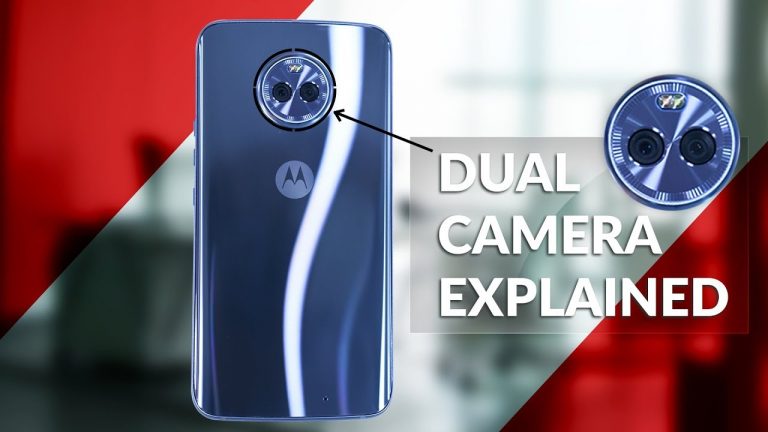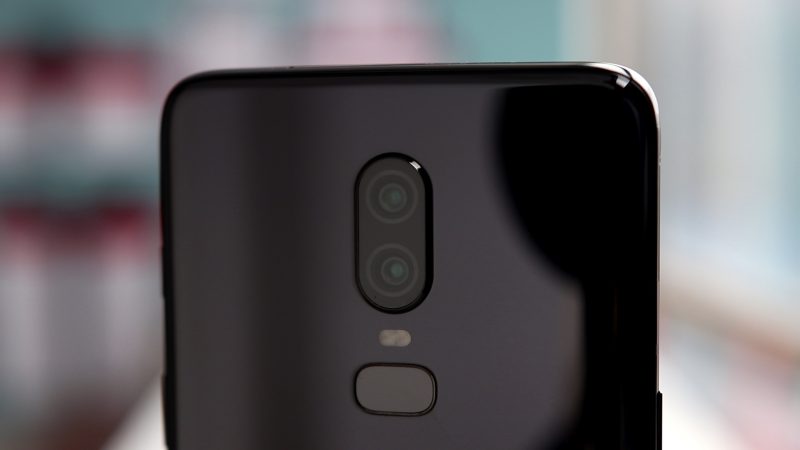
Dual camera setup seems to be the next big thing when it comes to smartphones, with more and more manufacturers starting to offer the feature on their devices. With two cameras, you get to enjoy a bunch of new features such as Bokeh mode, ultra-wide angle lens, and even optical zoom. You can take better pictures with a dual camera setup in a smartphone. Here are some tips on how you can make the best use of these features.
What is Bokeh mode?
To put it simply, a bokeh image is where parts of the image are blurred, but the subject is focused. This naturally tends to draw the eyes of the reader to the subject itself and makes for good looking pictures. This effect is usually done by the lens in DSLRs, but in quality phones, the second camera is used to gauge depth and software is used to blur the background.

What is the ideal distance to keep when taking Bokeh shots?
There needs to be some distance between the camera, subject, and the background. Ideally, the subject should be less than 2.5 meters away, however, the further the background is, the better. That is because most smartphones, like the Apple iPhone 7 Plus, uses software to create the blur and if the phone is unable to make out the difference in distance, the blurring effect will not look realistic.
Will lighting play a role in the image?
Good lighting can make or break a photo. When taking images, it’s always a good idea to have the light fall on the subject rather than the camera. This is true for any picture you take. Due to the limitations of smartphone cameras, the image quality you get in low light will not be the same as the one taken in good lighting conditions.
How do I Use Zoom?
The first thing you need to know is that there is a big difference between digital zoom and optical zoom. Optical zoom is always better than digital zoom as there is little loss in detail. Many dual-camera phones, like the OnePlus 5, offer about 2x optical zoom. However, when zoomed in, even the smallest movements will have an effect, which is why it is better to use a tripod. However, with optical image stabilization making its way to the telephoto lenses in smartphones, the requirement of a tripod is going down.
What is the Best Resolution for Portrait Mode in Dual Camera?
The simple answer is No, there is not a minimum resolution to capture the best photos. The point of having a higher resolution image is that you will be able to view your images on larger screens without having to zoom. That’s all megapixels can help you with.
What is the Best Use of the Ultra-Wide Lens?
Some dual camera smartphones, like the LG G6 or LG V30 or the new budget-friendly phone Moto X3, offers an ultra-wide lens on the secondary rear camera instead of optical zoom. Like most cameras, the use of this lens is limited by the creativity of the user. Since this lens has a wider frame, you can get more of the view into a single shot. So, when you have to take an image in which you need to get more objects into a frame (like a group photo), you can simply switch to the wide-angle camera. This camera is also useful when you want to take panoramic shots as you’ll be able to get more of the view into a single frame.
How to Select Which Camera to Use?
Some phones let you manually choose between the two rear cameras, letting you decide which camera you should use and when. However, while the secondary camera may offer an additional feature such as optical zoom or an ultra-wide angle lens, it’s low light capabilities may not be as good. So if you have to take an image in low light, you might find that you’re better off using the primary rear camera.
Of course, there are some phones like Honor 8 Pro, which use both the cameras together and does not give you the option to choose. One of the cameras takes in monochrome data, while the other takes in RGB data. The images are then combined to create a single, image which should offer more detail.
It is, however, always a good idea to know the specifications of each of the cameras on your phone and keep experimenting with the different modes on.